PUBLISHER: TITAN BOOKS
176 PAGES
HARDBACK
AVAILABLE TO BUY: NOW
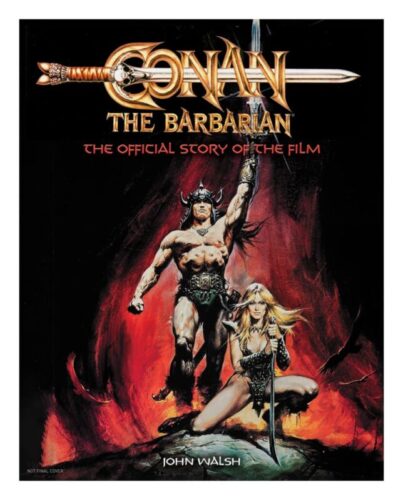
Though I was first introduced to his work with Harryhausen: The Lost Movies, which went through the incredible number of productions planned by the legendary special effects artist and stop-motion master [Guillermo del Toro has nothing on him], John Walsh seems to be carving out a niche for himself as the author of definitive film ‘making of’ books. We’ve already had Flash Gordon, the Dr. Who And The Daleks twosome and Escape From New York being given this treatment; I have yet to buy them [I’m not sure I’d buy the Escape From New York one as I’m not much of a fan but the other two I do need to own at some point], but I’ve read very good things. And coming up is The Wicker Man, one I’m really stoked for, even though I do wonder if there is much more for me to learn about the production of this classic. But for now we have Conan The Barbarian, the film that made Arnold Schwarzenegger a big movie star and inspired countless low budget imitations. While Excalibur remains my firm favourite of the movies that came out of the ’80s sword and sorcery cycle [with The Sword And The Sorcerer as my top guilty pleasure], there’s no doubt that John Milius’s 1981 film is the defining one. Adult, epic and even a bit philosophical, it exudes care and thought in a genre that generally wasn’t taken very seriously by neither filmmakers nor critics, though I’m going to admit something: when I was a teenager the lighter, faster sequel Conan The Destroyer was more to my liking, even if all that blood and nudity definitely met with my approval. Within time the original superseded the sequel in my affections and from about twenty years ago I began to truly love it.
The first thing that strikes you about the book is how full of wonderful illustrations it is. That might suggest that its text isn’t worth reading, but I don’t mean that at all. However, a great way to experience Walsh’s book would be to just go through the enormous variety of stills and artwork first. Of course we get the production photographs and the shots that we’ve probably all seen; it wouldn’t seem right otherwise. But we also get a lot that very few will have seen; the “old school” special effects lover in me really loved pictures showing the combining of models and matte paintings, some of which I’d never realised were actually models and matte paintings because they were so good. However, I know that many readers will be most fascinated by the huge amount of production and especially pre-production art. Conan The Barbarian took ages to get off the ground and a variety of talented people including Frank Frazetta and Jim Danforth produced material went largely went unused. Walsh has been able to uncover a treasure trove of stuff here, so much so that, while I’m now a big fan of the film that Milius eventually made, I do wonder about the other versions that could have resulted had things not taken so long. Hell, even Harryhausen [him again] was interested for a while [he wouldn’t have actually directed and the script would have been largely the work of somebody else too but one tends to think of Harryhausen as the auteur of his films], and the result could have been cool, with no doubt a few stop-motion creatures for Conan to battle, but his family friendly approach would not have been appropriate for Conan. I’m still amazed at how vicious, even with some cuts, the film turned out to be, and that it got a ’15’ certificate in the UK! Funny that Destroyer also got a ’15’ despite being far tamer. I also found interesting a map by production designer Ron Cobb that was intended for the opening but went unused; it looks rather J. R. R. Tolkien-like.
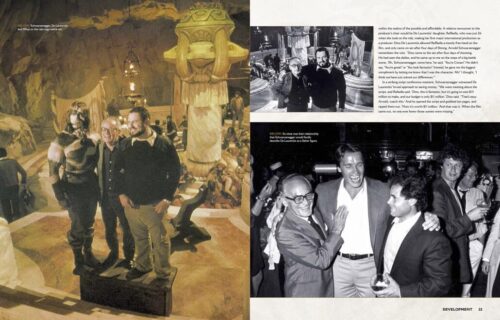
After an introduction from Raffaella De Laurentiis, who helped produced the film with her father Dino, we start, as we should do, with some information about Howard and the creation of his most famous character, a character whom I, like many, first met through the medium of comics. I lost the ones I had a very long time ago, but I still remember the stories they told, even some of the pictures, very vividly. I recall re-reading then often, being spirited away to an exciting world of endless peril and adventure. The huge effort it took to finally begin making Conan follows, and one wonders not just at the film Oliver Stone, who wrote the initial screenplay which had to be drastically scaled down, envisaged, but how on earth he thought that such a production could have been properly realised at the time. But then one thinks the same of the several plans by filmmakers to film The Lord Of The Rings, most notably John Boorman’s, which would have surely pissed a hell of a lot of Tolkien fans off seeing how the script, which is available to read, deviated from Tolkien – though then again Conan The Barbarian didn’t please all Conan lovers. It took a lot of things from several of Howard’s short stories but its tone is heavier, Conan isn’t really the same, and Milius, as has often been said, was clearly more interested in swords than sorcery. The eventual filming is then covered by Walsh, with the casting covered in particular detail followed by the shooting of the major sequences in the film. I could have personally done with more information about what was cut from the 147 minute cut [which I didn’t know about] which was originally intended for cinemas, though some enticing mentions of removed scenes are present. Likewise some comparison of the several cuts of Conan would have been great, because it’s something that I’ve always been a bit confused about.
However, lets not moan about things like that too much, because I learnt so much. I know that the audio commentary by Milius and Schwarzenegger on the DVD mentioned the latter being bitten on the back by the wolves that chase when when Conan is finally let free, but did it tell us Milius’s absolutely brilliant response to Schwarzenegger’s injury: “pain is only momentary but film is eternal”? I don’t actually have my DVD to hand right now tp check, but I doubt it seeing as Milius was actually there. Then there’s Dino De Laurentiis, upon deciding that the script was too long, just tearing out fifteen random pages. He doesn’t actually sound like the nicest of guys. Upon visiting the set and seeing Schwarzenegger, who was cast against his wishes, in action, he simply said to him: “Schwarzenegger, you are Conan”. “You realise that’s the greatest compliment you’re ever going to get from this guy” said Milius to Schwarzenegger. A big deal for me was finding out that no less than Jackie Chan was considered for the part of Subotai, the part eventually played by a dubbed Jerry Lopez. They did of course eventually appear with each other in Iron Mask in 2020, but the thought of Chan and Schwarzenegger being in a film together when they were both in their prime really gets me excited. Imagine Chan doing a bit of his trademark martial arts while Arnie slices and dices people with his sword. But it probably wouldn’t have worked. In the end the film was almost perfectly cast, especially with regard to James Earl Jones who exudes an amazing power which makes us actually fear for Conan when he’s in his presence.
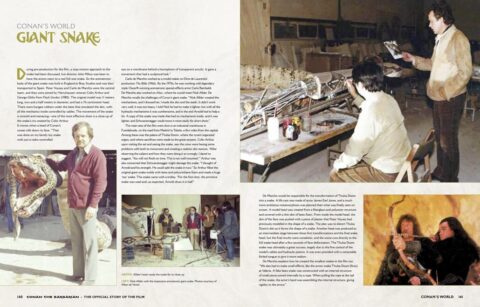
Walsh sometimes repeats material, such as how Thulsa Doom’s transformation into a snake [which was intended to be more complex but the simplicity of what we finally see works very well] was done, though I guess that’s understandable considering how he’s organised his book. His writingstyle is very clear and organised which makes the book one which one can read quite quickly, and he’s also very good at highlighting the work of folk who don’t usually get much of a mention. In general I think that most fans of the world’s most famous Cimmerian and his first and best [what remake?] will find this book highly informative and rewarding, and such a lovely one to just own. A lot of effort has clearly been made to make it look as appealing as possible and be something you will just want to keep and dig into every now and again, allowing you to marvel at, for example, an unfinished drawing of an honest to god robot [at one point Conan was to be set in the far future], or pictures of humanoid monsters which actually were intended to appear in the film that Milius was making but didn’t due to time and budget, or a photograph of a perfect miniature Wheel Of Pain which also wasn’t used. Or just the many on set photographs that often seem to show a warmth despite all the blood, sweat and tears that making the film required. Crom would definitely approve.
The Wicker Man: The Official Story Of The Film is out October 8th and you can pre-order it here.




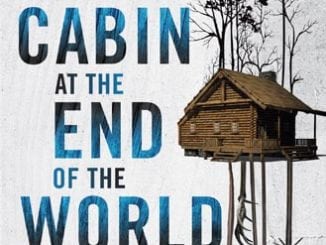
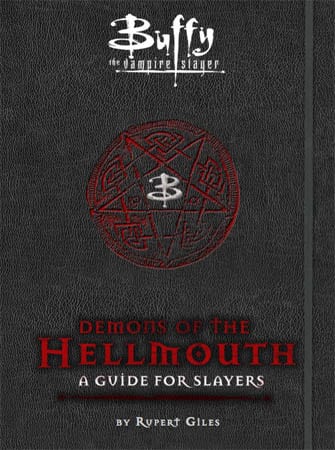
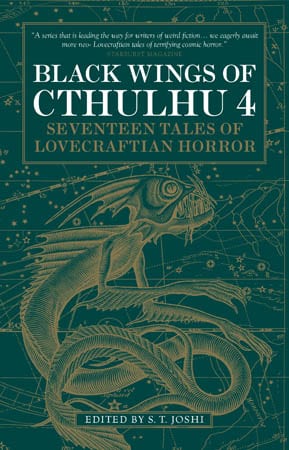
Be the first to comment